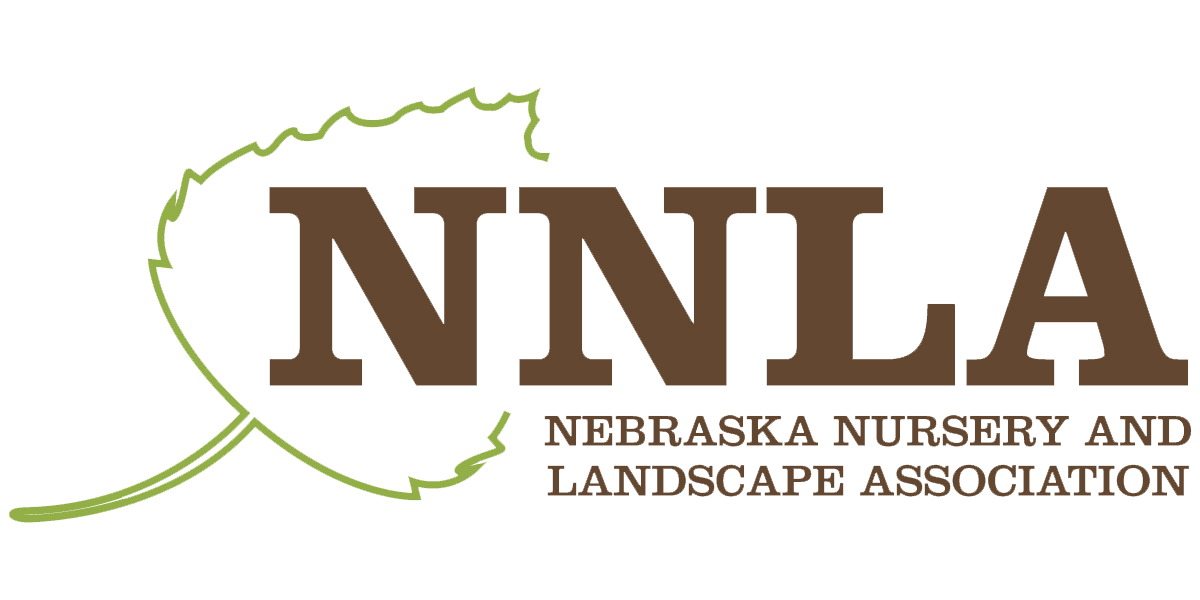Curbside Plantings
This is the first in a series of five articles on landscaping different areas of a home landscape: curbside, front yard, foundation plantings, side yard and back yard.
What’s the biggest landscape challenge on your property? For many homeowners, it’s that curbside strip of soil surrounded by asphalt, concrete or buildings—difficult to mow, almost impossible to water without runoff, possibly shaded for part of the day and exposed to hot sunlight other times. It has to withstand foot traffic, pet refuse and de-icers from winter snow removal. It also needs to be accessible for water and sewer line maintenance and meet local street codes, which may greatly restrict plant height and spread.
Besides the obvious rewards of transforming a boring, sun-beaten strip into a thing of beauty, curbside gardening offers some unexpected pleasures. In caring for it, you reclaim otherwise “wasted” space, visit more with neighbors and passersby and, if it’s looking good, maybe even get compliments on the makeover. On a more financial level, curbsides are the first step toward curb appeal in terms of real estate value and in making the whole neighborhood more appealing.
It can take some time and care to manage it well but with good planning it can require less maintenance in the future and be a gift to beneficial insects, songbirds, yourself and your neighbors. The soil in these spots was likely not rich in organic matter from the beginning and is often extremely compacted from foot traffic. Before planting or as new plants are placed, putting in a shovelful of good, rich hummus or compost will little by little loosen and enrich the soil here and give plants a better chance.
What to plant—in sun or shade
What plants are up to the challenge? Prairie plants meet many of the challenges of tough locations since they’re deep-rooted to better withstand drought, heat, wind, sun and difficult soils. Once established they need little mowing, watering or other inputs. It’s a good place to practice the survival of the fittest, since if it’s watered too frequently the plants that survive will be the ones that continue to need extra water. Once established, watering only once a month may be enough to keep plants from going dormant; and even if they go dormant, these tough plants are likely to come back.
Low grasses like little bluestem, prairie dropseed and sideoats or blue grama can be intermingled with prairie wildflowers in between to provide seasonal highlights. Consider short varieties of dwarf spiderwort, prairie smoke, salvia, ajuga, dead nettle, Missouri primrose, pasque flower, phlox, allium or purple poppy mallow. For salt-tolerance, good groundcovers include: candytuft; sedum; coral bells; and Artemisia.
Low perennials for hot, dry areas are evening primrose; daylily; feverfew; yarrow; basket-of-gold; purple poppy mallow; prairie phlox; blanket flower; coreopsis; pasque flower; pussytoes; butterfly milkweed; curly or prairie onion; and aromatic or heath aster.
For shady curbsides, woodland sedges are tough, long-lived and adapt to minimal sun and moisture. They’re among the first plants to emerge in spring. After setting seed, they can be tidied up with a quick haircut and will send out a new flush of growth. Their fine texture combines well with spring bulbs or with drought-tolerant lower-growing versions of perennials like cranesbill, aster, goldenrod and other shade-tolerant species.
Bob Henrickson, Nebraska Statewide Arboretum, plantnebraska.org

